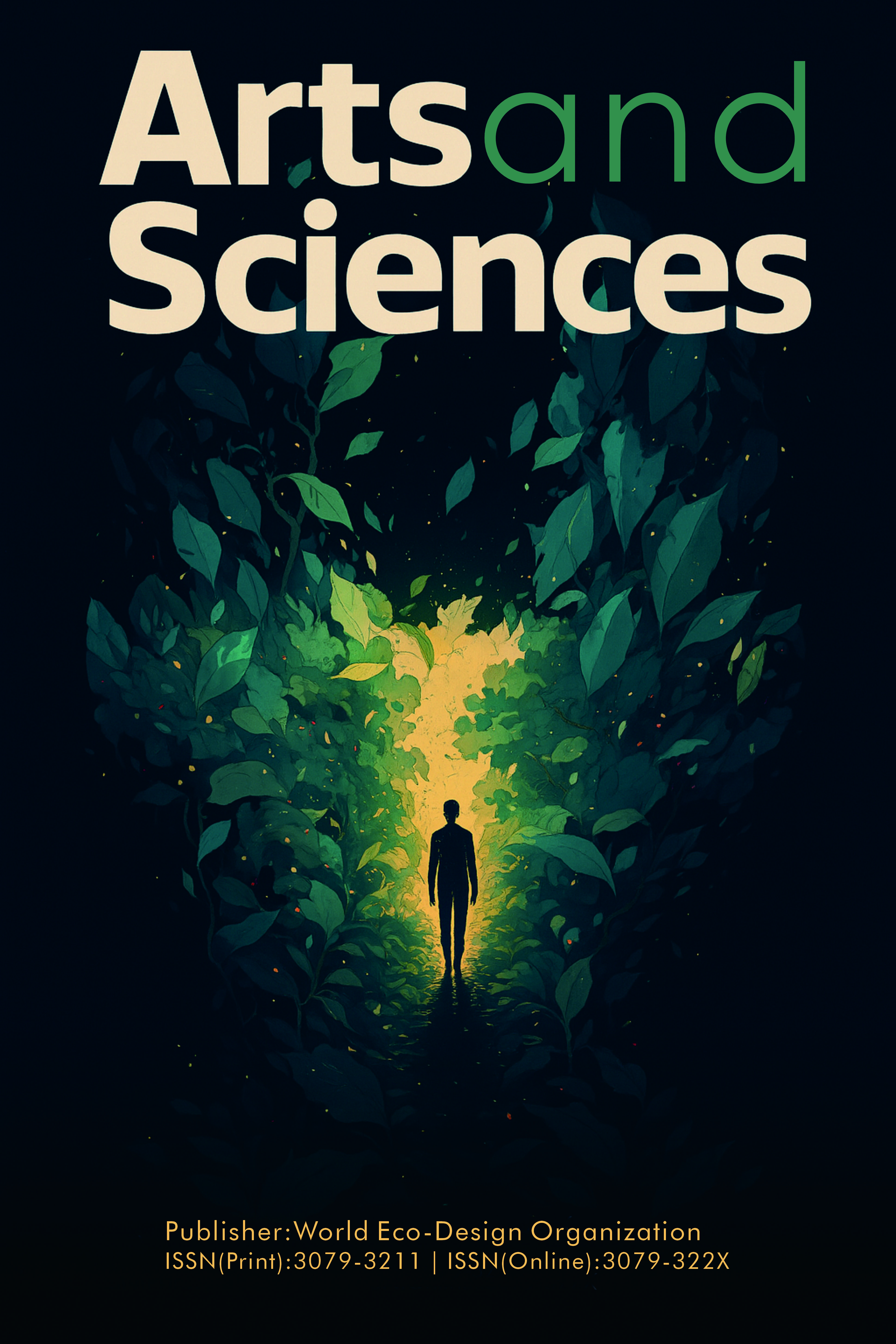01 Explainable AI-driven framework for automated design innovation assessment: A hybrid deep learning approach for creative work evaluation
Keywords:
Design innovation assessment, Explainable artificial intelligence, Creative work evaluation, Design quality metrics, Human-computer interactionAbstract
Design innovation assessment represents a critical challenge in contemporary creative industries, where traditional evaluation methods rely heavily on subjective expert judgment, leading to inconsistencies, inefficiencies, and limited scalability. The emergence of artificial intelligence technologies offers unprecedented opportunities to revolutionize design evaluation processes, yet existing approaches suffer from black-box limitations that hinder adoption in professional design contexts where transparency and interpretability are paramount. Here we present an explainable AI- driven framework that synergizes advanced deep learning architectures with interpretable machine learning techniques to enable automated, objective, and transparent design innovation assessment. Our hybrid approach integrates DenseNet201 for comprehensive visual feature extraction with Support Vector Machine classification for robust decision boundary formation, enhanced by multiple explainable AI techniques including Gradient-weighted Class Activation Mapping, Integrated Gradients, and Layer-wise Relevance Propagation to provide multi-level interpretability. Through comprehensive evaluation on a curated dataset of 5,247 design works spanning product design, graphic design, architectural design, and user interface design, our framework achieves exceptional performance with 97.8% accuracy, 96.4% precision, 97.1% recall, and 96.7% F1-score. The explainability analysis demonstrates that Layer-wise Relevance Propagation provides the most effective interpretability with 95.6% innovation element localization accuracy and 93.4% expert acceptance rate. User studies involving 30 design experts and 120 professional designers confirm significant improvements in evaluation efficiency (42% time reduction) and consistency (92% inter-rater agreement vs. 67% for traditional methods). This framework establishes a new paradigm for design evaluation that combines computational precision with human-interpretable insights, offering substantial potential for transforming design education, creative industry workflows, and innovation management practices.






